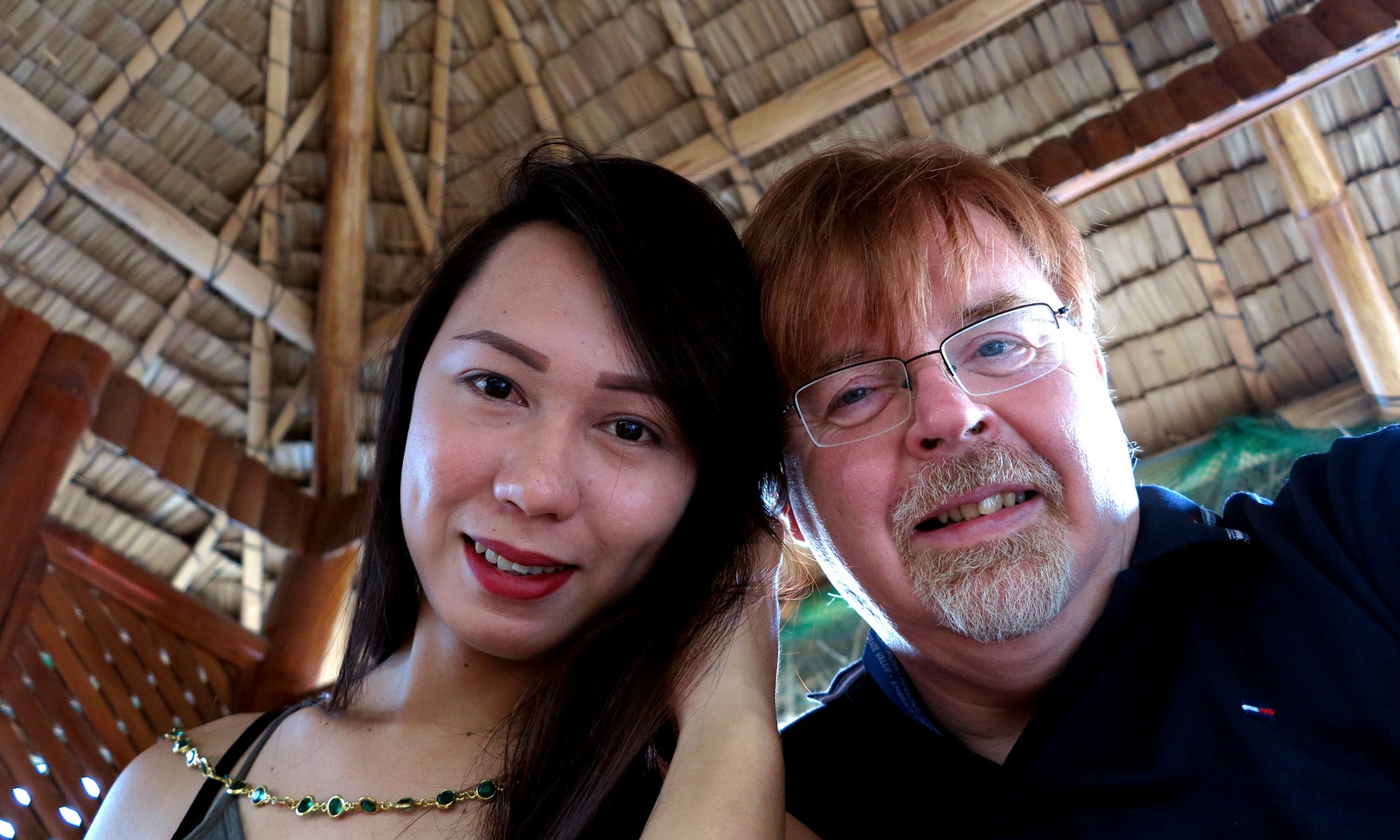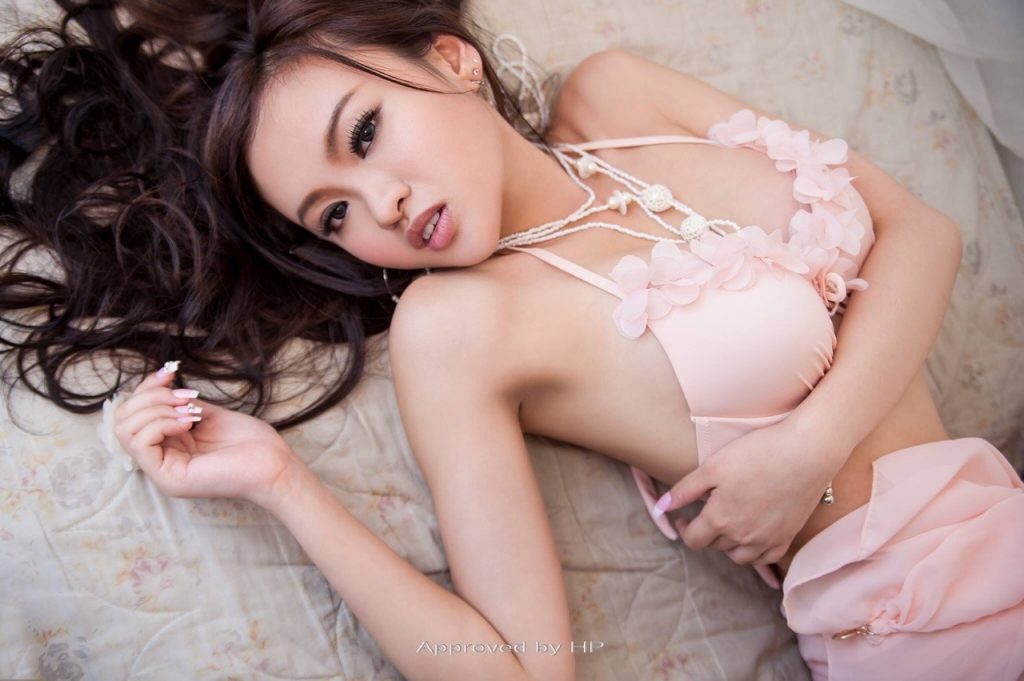Originally posted 2020-10-23 17:24:08.
There are two forms of Selection involved in Evolution. Both were described by Darwin.1 One is Natural Selection, which is the cumulative effect of the environment on organisms, and the other is Sexual Selection, which is how individual organisms choose their partners. Key to Sexual Selection is attraction: we select partners we find attractive. In humans, this is important, because we have overcome most of the environmental factors that impinge upon us.
While the effects of Sexual Selection are best known in domestic animals, where humans do the selecting, we have shaped ourselves through it, by choosing our sexual partners and at the same time, by making ourselves appealing to our targets.2
Timothy Taylor addressed the question of why human females have such prominent breasts.3 In other primates, these are vestigial, yet clearly efficient milk producers. Breasts are arguably the most potent human female sexual attractor of all, yet it is mostly fat that gives them their shape. Why has this happened?
Taylor argues that the buttock area is the primary sexual focus in other primates, because, since they are quadrupedal, it is always possible to see when a female is receptive; her vulva and surrounding area will become swollen and their colours more intense. When humans became bipedal, however, that became impossible since, in the normal standing position, the vulva is not visible. Taylor suggests that the breasts became ‘pseudo-buttocks’ and a focus of male sexual interest. So, if that is the case and the argument is solid, then the fullness of human breasts has been shaped through Sexual Selection.
We could apply the same logic to many other female characteristics like hips, bottoms, and fecund bellies and it would hold true. Human females, at the most fertile stages of their lives, also exhibit marked facial neoteny, the retention of childlike features into adulthood. Sexual Selection on the basis of visual stimuli provides an explanation: these attributes attract men. This is something a human female must do, in order that her ova may be fertilised.
If male sexual attraction were merely to the idea of making offspring, then men would not care what their partners looked like. But they do. And if it were simply a means to gain sexual relief from the pressure of testosterone, then they can either do that for themselves, or penetrate another male – both of which, of course, they also do. But men are specifically attracted to the visible qualities of the human female – physical slightness, curvaceousness, pulchritude, full breasts, small shoulders, facial neoteny and so on. This is the physical basis upon which gender is built; it is not only psychological and social, but physiological and thus, innate.
Many of these features and the actuality of the average female body, emphasise the relative weakness of females in relation to men. This appears to be a specific attractor; men respond to women who appear to be vulnerable. This attraction must have a specific purpose and that is the human pair-bond. Men are attracted to women who appear to need their protection, because women do need that protection, in order to ensure the survival of their babies.
Together, these factors form a concept we call beauty. It serves to attract men but also to bind them, so that they contribute in the upbringing of children. Beauty here implies the qualities of the female: fertility, gentleness, comfort, fecundity, dependency, warmth. Consider ideas like ‘Mother Earth’ or ‘Mother Nature’, for example. Why is a guitar the shape it is? Or a Coke bottle? Why do we call ships ‘she’? The reason is that they exemplarise beauty, which is intrinsically linked to the Eternal Female, the Goddess in her mode as nubile: she who is called Inanna. In other words, and we shall encounter this again, beauty itself is a feminine parameter.
‘Nature’ and ‘ landscape’ come together in the idea of a nurturing mother, or of a virgin to be mastered and impregnated by the pioneer…Soil and women are interchangeably ‘fruitful’ or ‘barren’. Harsher landscapes are ‘frowning’… Nature can also be the dangerous source of storms and floods – the ‘bad mother’…beautiful landscapes are feminine, the sublime, by implication, masculine.4 (my emphasis.)
Similar examples can be found throughout the discussion of art and literature. The idea that beauty and femininity are intrinsically linked appears to be universal in human culture, prior to about 1970 at least and even since then, only in the West has this diminished. That this change is widely disliked is shown by the adverse popular reaction to feminist-dominated Western ‘modern art’, which often specifically eschews beauty and condemns, above all else, imagery of the beautiful female. 5
Taylor’s theory suggests that the dimorphism observable in humans has mate attraction as a purpose, but more: that men have become attracted to beauty as an indicator of mate suitability. Men are attracted to a woman’s beauty, rather than her actual sex. Human cultures have amplified this effect by the use of clothes. Typically, the first to be covered are the genitalia and even in cultures where the people do not wear clothes, for example the Zoé in Amazonia, women take care to cover their pudenda from view, when sitting and divert attention to their faces and hair.
This shifts their attraction away from the sex organ itself to the secondary feminine characteristics, which we’ve identified as ‘beautiful’. This is not identical to feminine gender, which encompasses many other behaviours and parameters, but what is beautiful is feminine. Ask yourself, if you are a man: when was the last time, outside porn, that you saw the genitalia of a woman, other than a partner? Yet, fully dressed and with their sexual organs concealed, you still find certain women more sexually attractive than others. This can only be because of your response to other parameters.

Sexual Selection has acted on humans to maximise certain standards of female beauty and men’s attraction to it. They are so attracted because Sexual Selection has caused them to evolve to equate beauty – rather than, for example, pudenda swollen in oestrus, scent, or other markers – with sexually desirable and available females. So if one wishes to attract men, one must make oneself beautiful.
Clearly, this opens, to the male Sexual Invert, a pathway to attract the men she wants: the performance of beauty. After all, if the suggestion of female anatomy expressed in a Coke bottle is so attractive, how much more so could a human body, suitably feminised, be, even if it is actually male? 6 As a result, being beautiful is something that Sexually Inverted trans women, that is, true transsexuals or Blanchard HSTS, build their entire lives around.7

1 Darwin, C On the Origin of Species
2 So, desirable behavioural traits become ‘locked in’ genetically, just as physical ones do. The ‘Blank Slate’, simply, does not exist.
3 Taylor, T. The Prehistory of Sex: Four Million Years of Human Culture. Bantam, 1997.
4 Henson, E. Landscape and Gender in the Novels of Charlotte Brontë, George Eliot, and Thomas Hardy: The Body of Nature. 2011. Routledge.
5 Since beauty is pleasing to men and of no use to women, except in attracting a partner, the green-eyed gynocracy must destroy it.
6 The fact that transitioned male Sexual Inverts are able to do this as well as they do, often being more beautiful than most cis women can even aspire to, is the principal reason for the ongoing feminist attempt to erase them.
7 We shall discuss male attraction to the self as woman, Autogynephilia, later but note for now that ‘beauty is in the eye of the beholder’. It may be as attractive to the person performing it as the person whom it is performed for.





